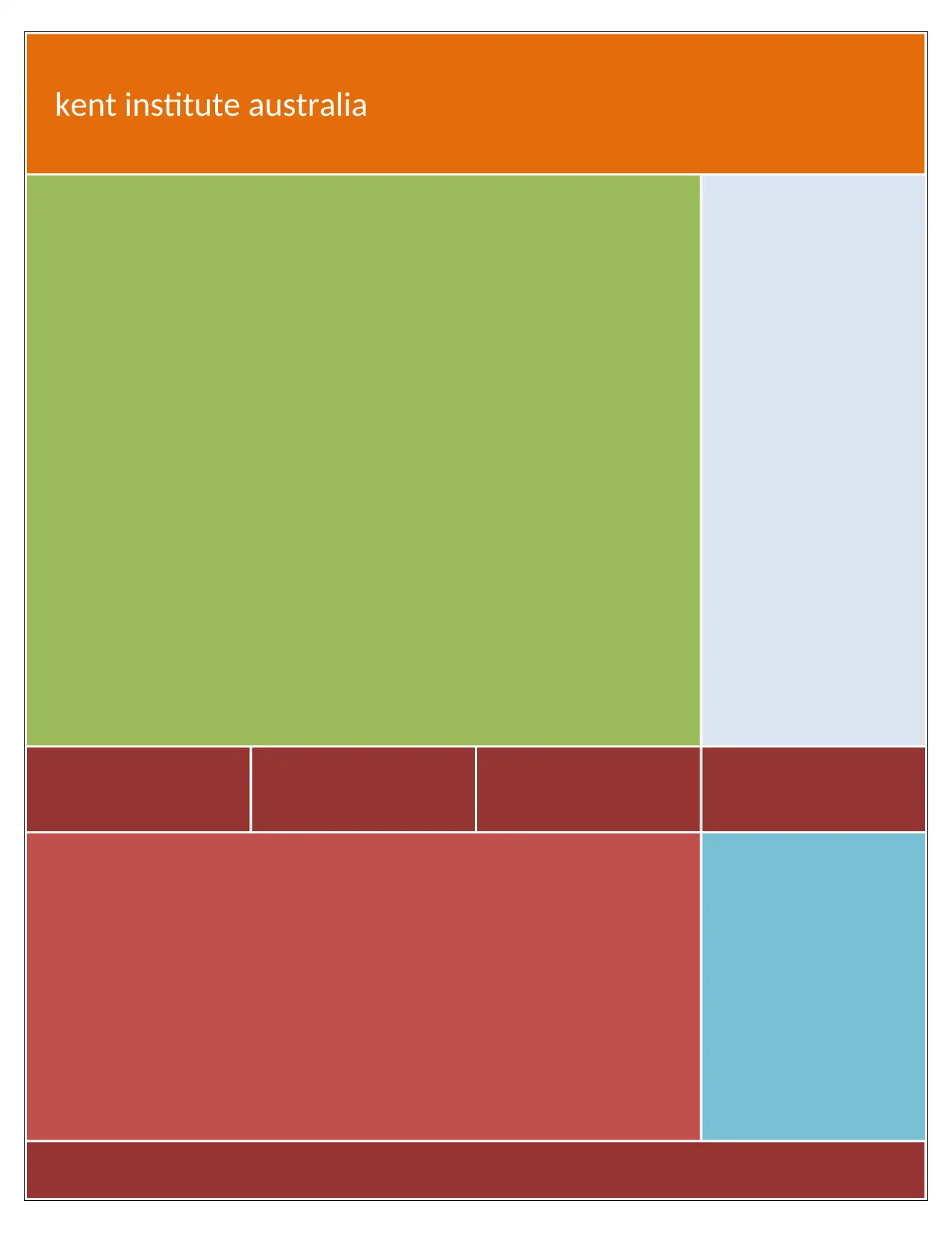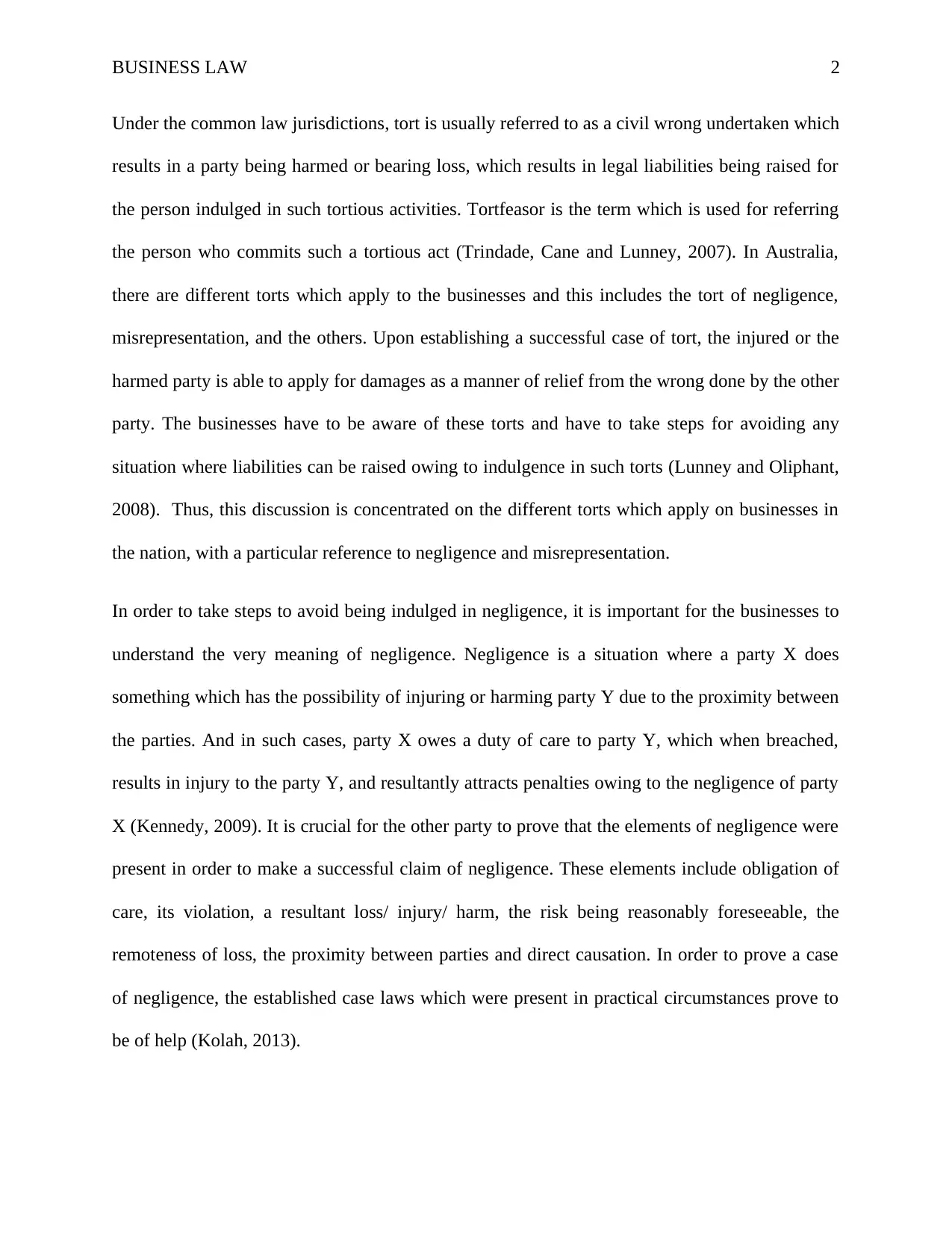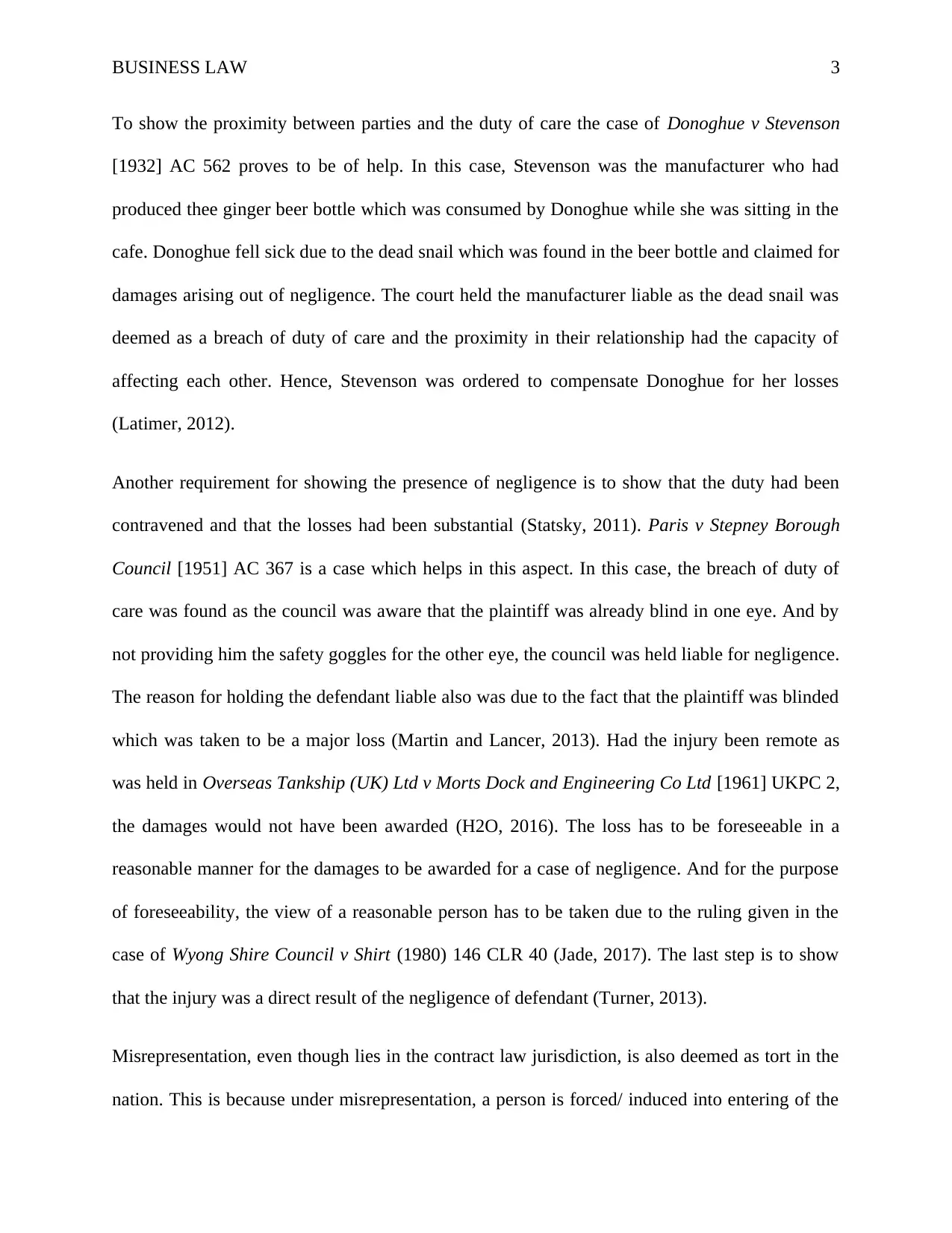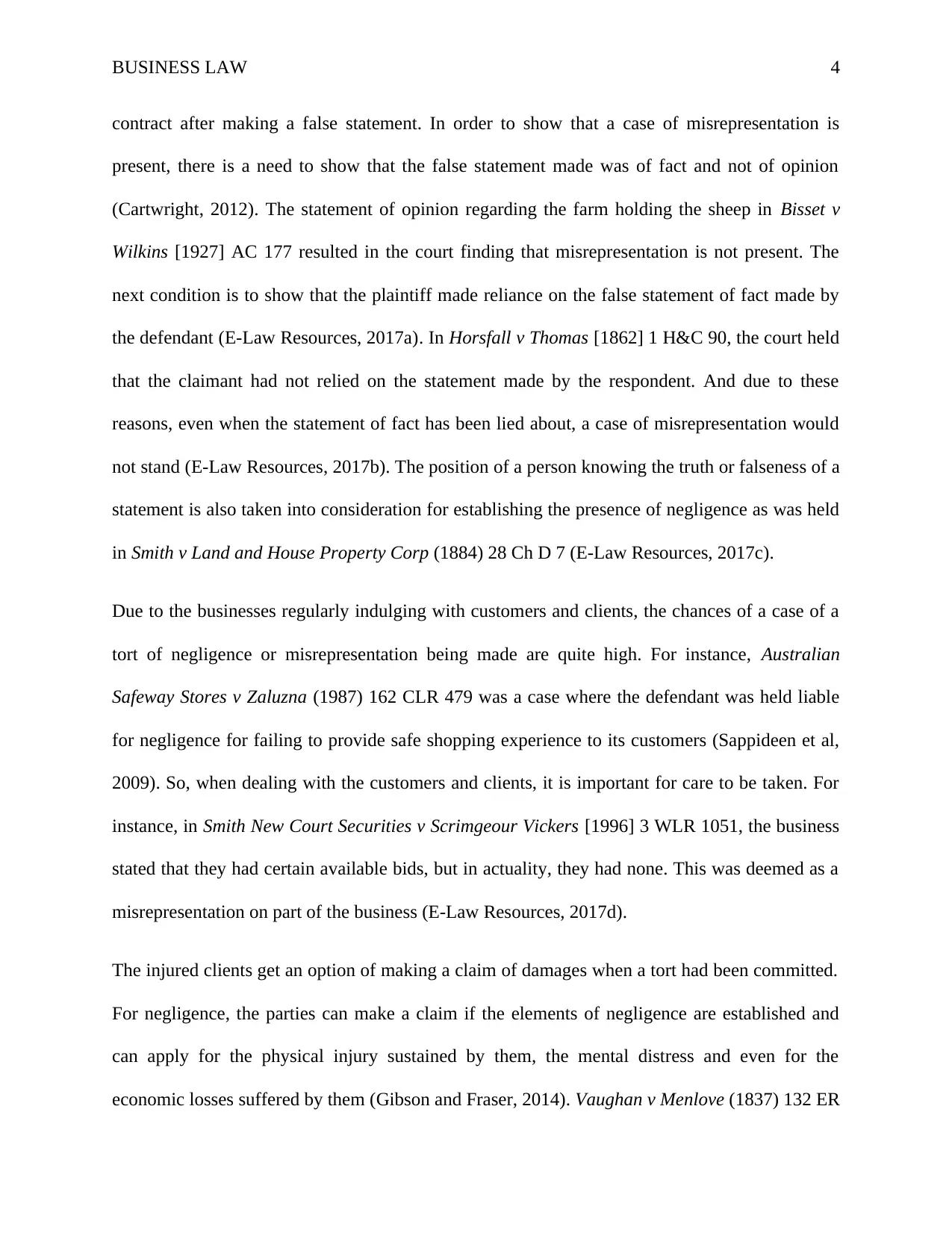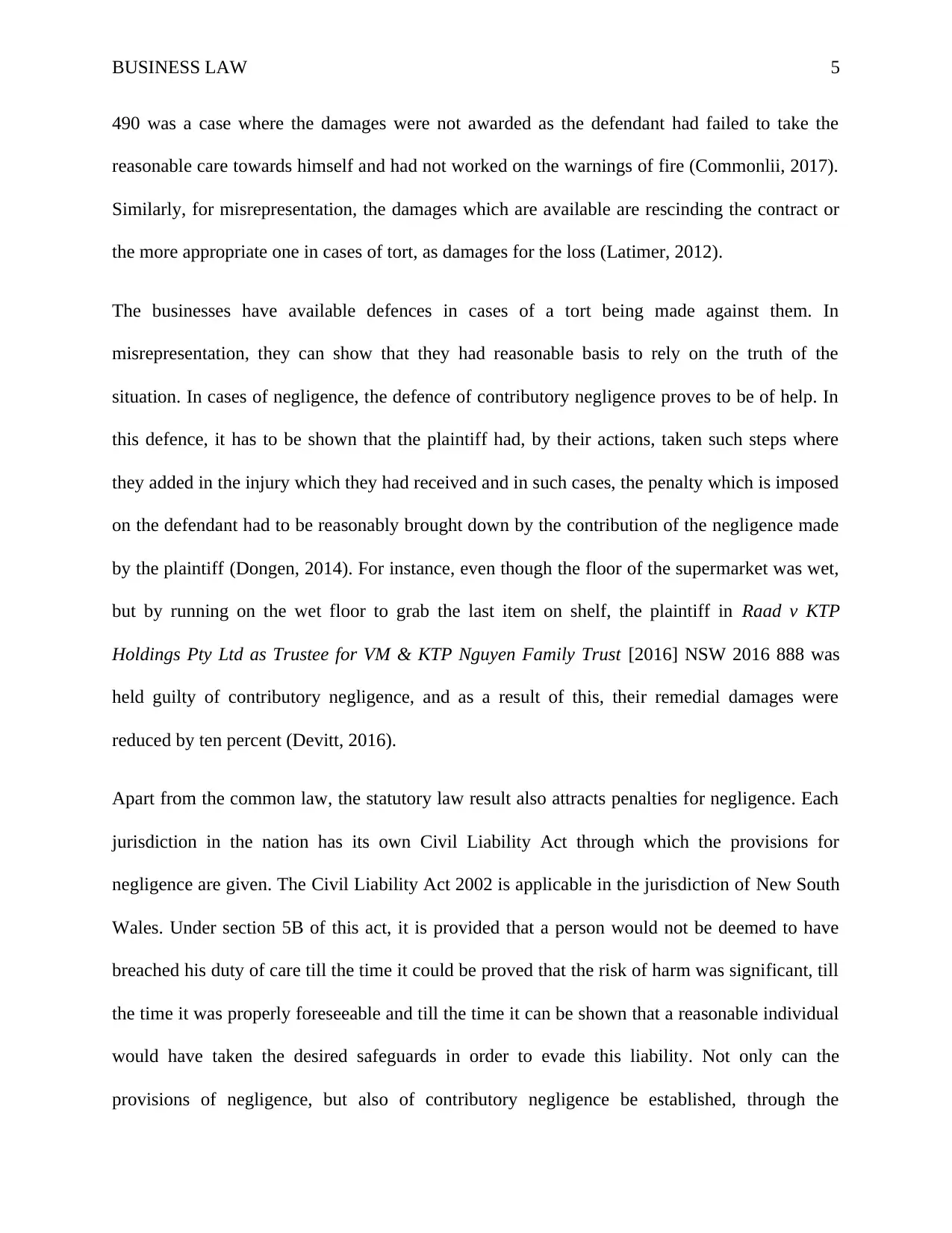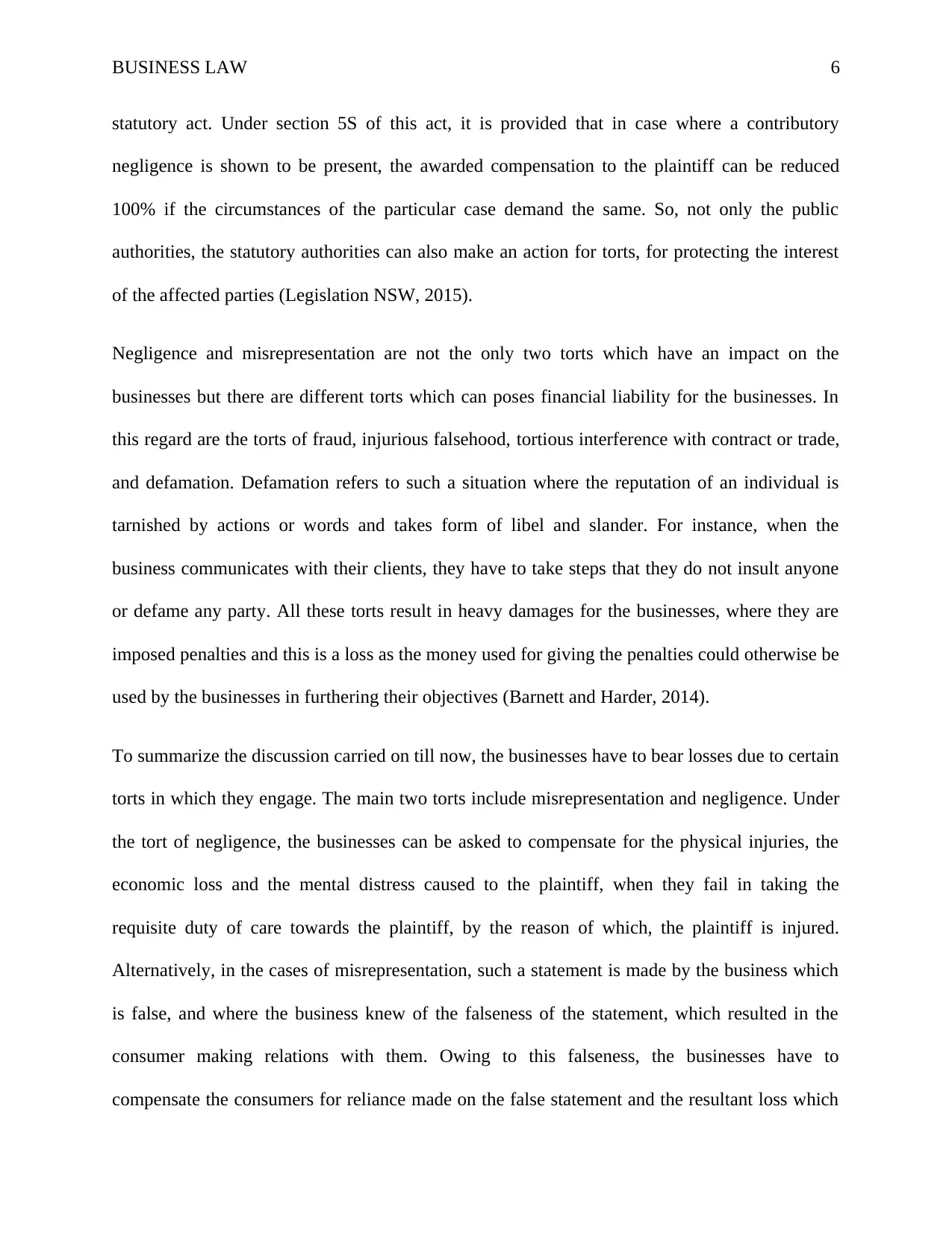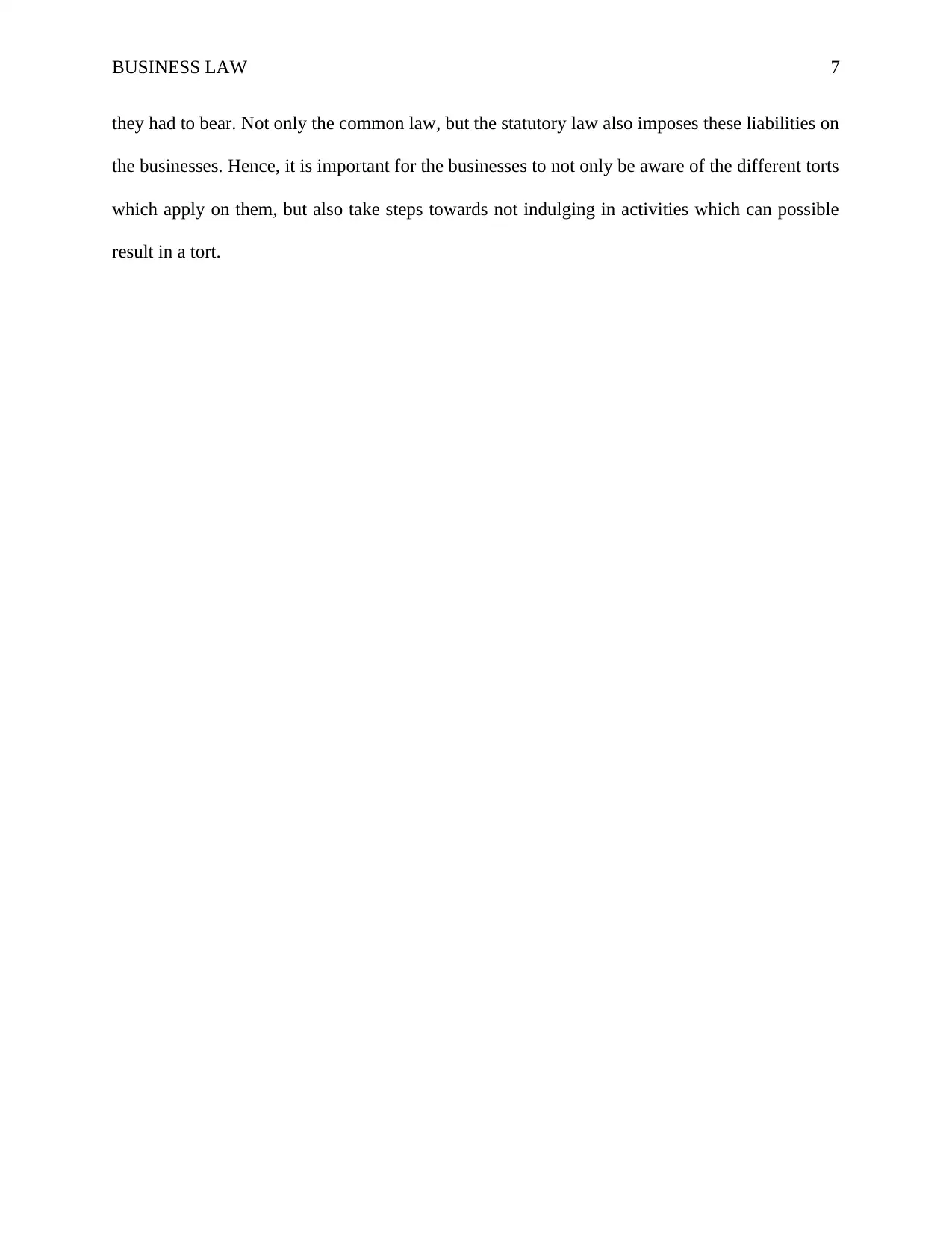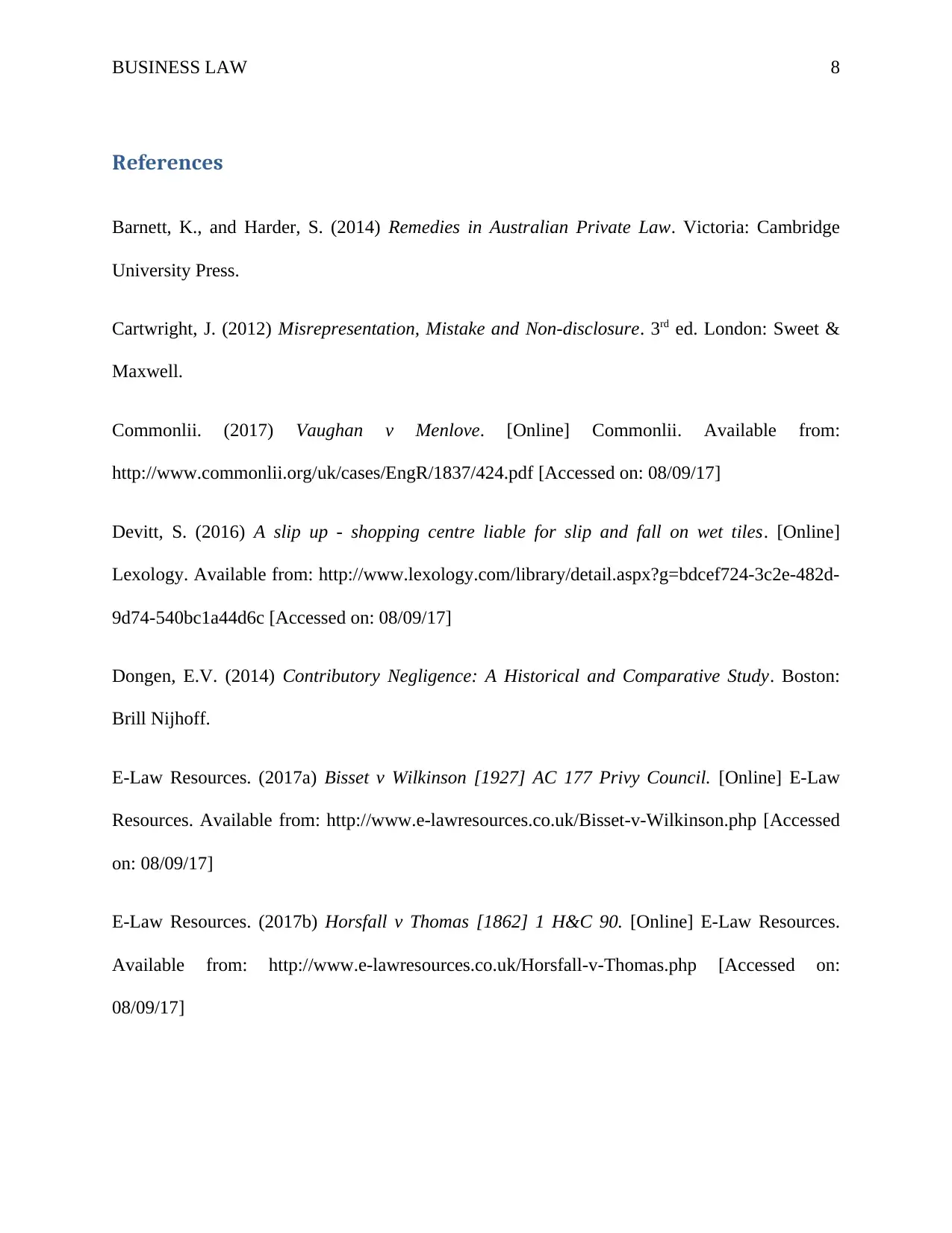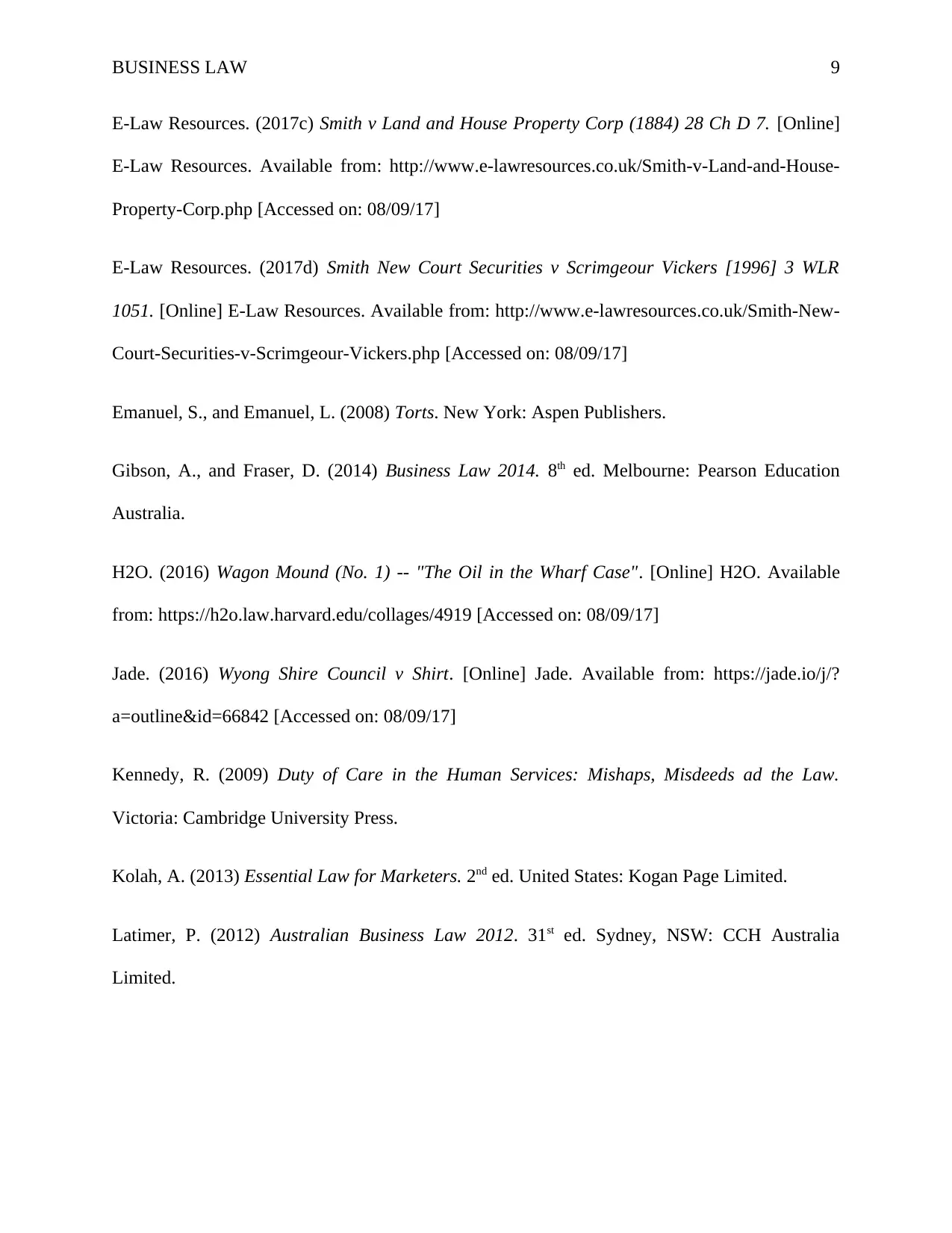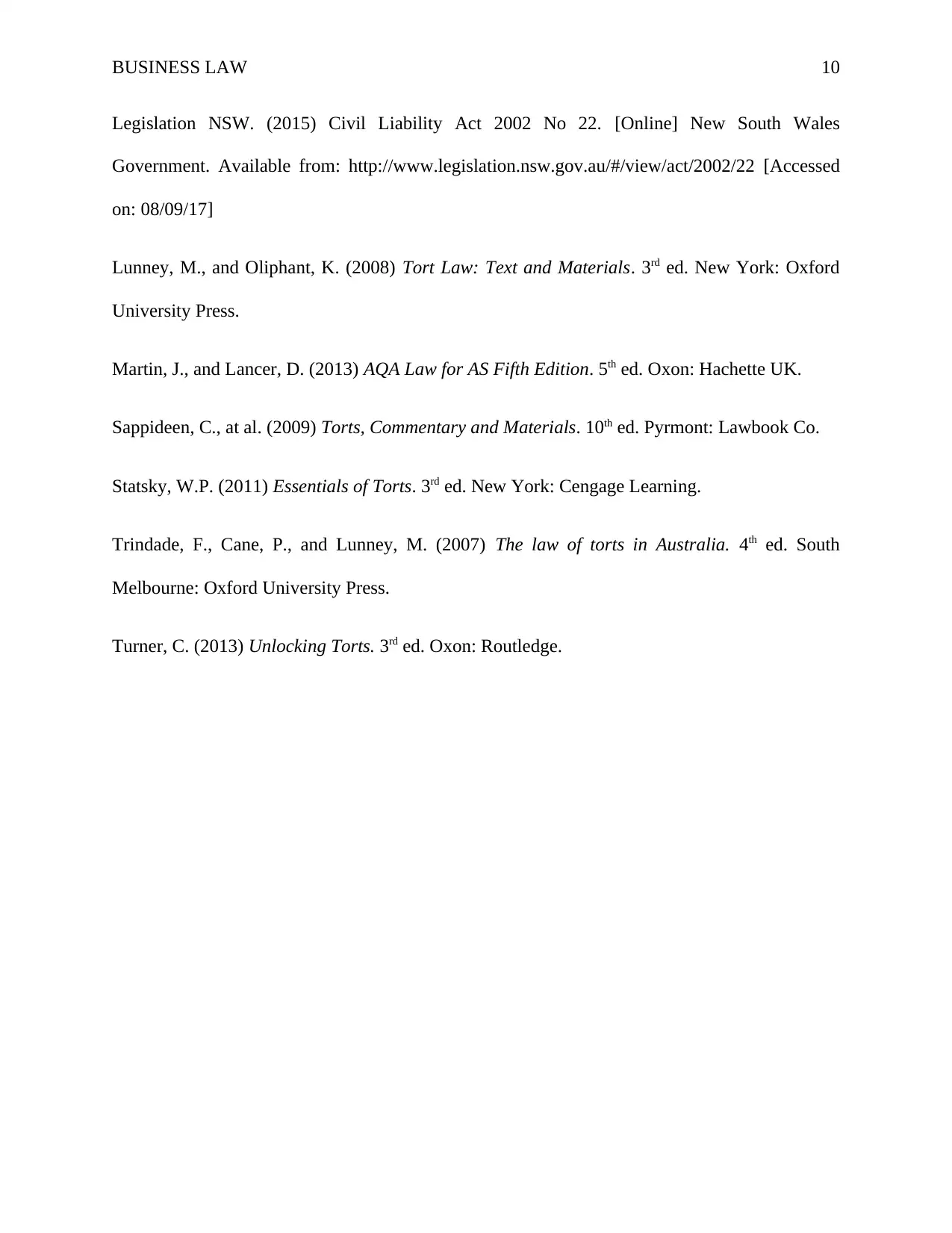The assignment content discusses the impact of torts on businesses, highlighting the financial liabilities they can face due to various types of torts, including negligence and misrepresentation. The main two torts discussed are misrepresentation, where a business makes a false statement that causes harm to another party, and negligence, where a business fails to take reasonable care to prevent harm to others. Other torts mentioned include fraud, injurious falsehood, tortious interference with contract or trade, and defamation, which can also result in significant financial penalties for businesses. The importance of businesses being aware of these torts and taking steps to avoid engaging in activities that could lead to a tort is emphasized.
![[object Object]](/_next/static/media/star-bottom.7253800d.svg)
![[object Object]](/_next/static/media/star-bottom.7253800d.svg)
